Effective Strategies for Burnout Recovery and Balance
Finding the right way to balance burnout and play is one of the biggest challenges we face today. Burnout creeps in quietly through constant pressure and endless tasks, while play offers renewal, creativity, and joy. The key is learning how to weave them together so you can restore energy without guilt and stay engaged without collapse.
In a culture that often glorifies productivity, it’s easy to forget that rest, fun, and play are not luxuries—they’re essential to sustaining energy and avoiding burnout. Burnout isn’t simply about being tired; it’s the chronic depletion of emotional, physical, and mental resources. Play, on the other hand, fuels creativity, resilience, and joy. Striking the right balance between the two can transform how we approach both work and life.
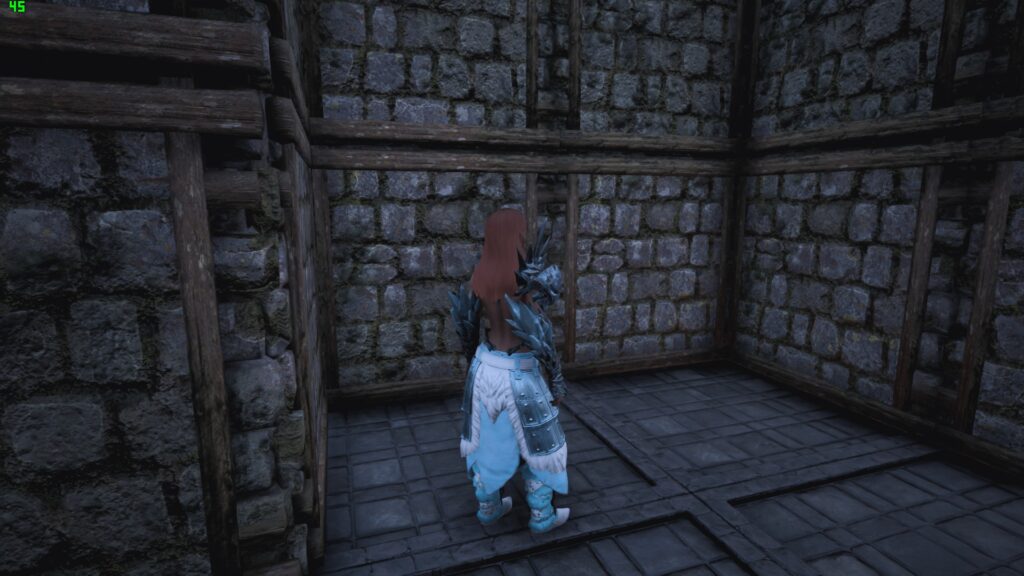
The Cycle of Burnout and Play
Burnout typically follows a predictable cycle:
- Overcommitment – saying “yes” too often, piling on responsibilities.
- Exhaustion – running on fumes, sacrificing sleep and downtime.
- Disconnection – losing passion, creativity, and sometimes even empathy.
- Collapse – where motivation and health begin to deteriorate.
Left unchecked, burnout can lead to long-term consequences—ranging from anxiety and depression to physical illness.
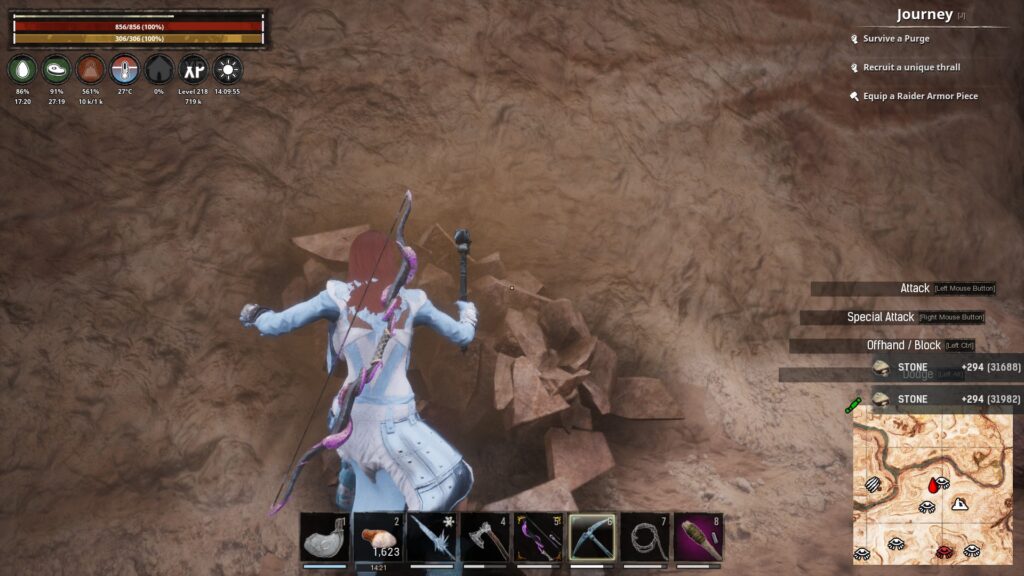
Why Burnout and burnout and Play Matters
Play isn’t just for children; it’s a natural human need. Neuroscience shows that engaging in activities we enjoy—whether it’s gaming, art, sports, or simple silliness—activates the brain’s reward system, reduces stress hormones, and fosters a sense of flow.
Play can:
- Boost creativity by allowing the brain to make unexpected connections.
- Enhance resilience by giving us moments of recovery.
- Strengthen relationships through shared laughter and connection.
- Support identity by reminding us of joy outside of “doing” and “producing.”
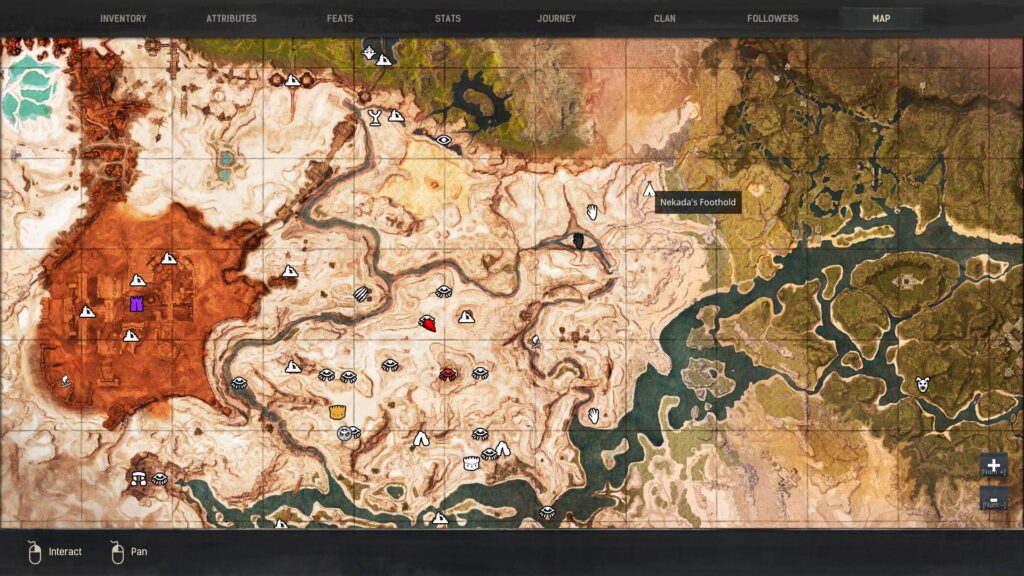
Signs You’re Out of Balance
It’s possible to lean too far in either direction—too much work, or even play used as avoidance. Common red flags include:
- Feeling guilty for resting or having fun.
- Constant irritability or brain fog.
- Using play only as a distraction instead of genuine restoration.
- Neglecting essential responsibilities or personal care.
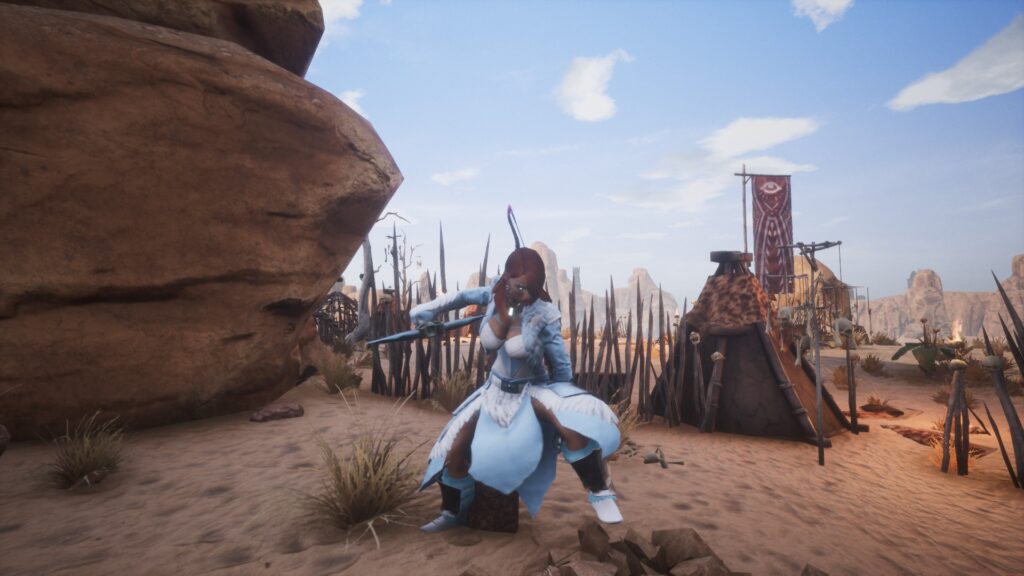
Strategies for Balancing Play and Work
- Schedule Recovery as You Would Work
Treat rest and play as non-negotiable calendar entries. Even 15 minutes of play can reset your brain. - Mix Micro-Play Into Daily Life
Take playful breaks: doodle, dance to a song, play with pets, or do a short game. These mini bursts prevent energy drain. - Redefine Productivity
Productivity isn’t about endless output; it’s about sustainable energy. Sometimes, the most “productive” choice is to recharge. - Listen to Your Body
Fatigue, headaches, and irritability are cues—not nuisances. Respect them as signals that rest or play is needed. - Play With Purpose
Choose activities that genuinely light you up, not just ones that numb (e.g., doomscrolling without joy).
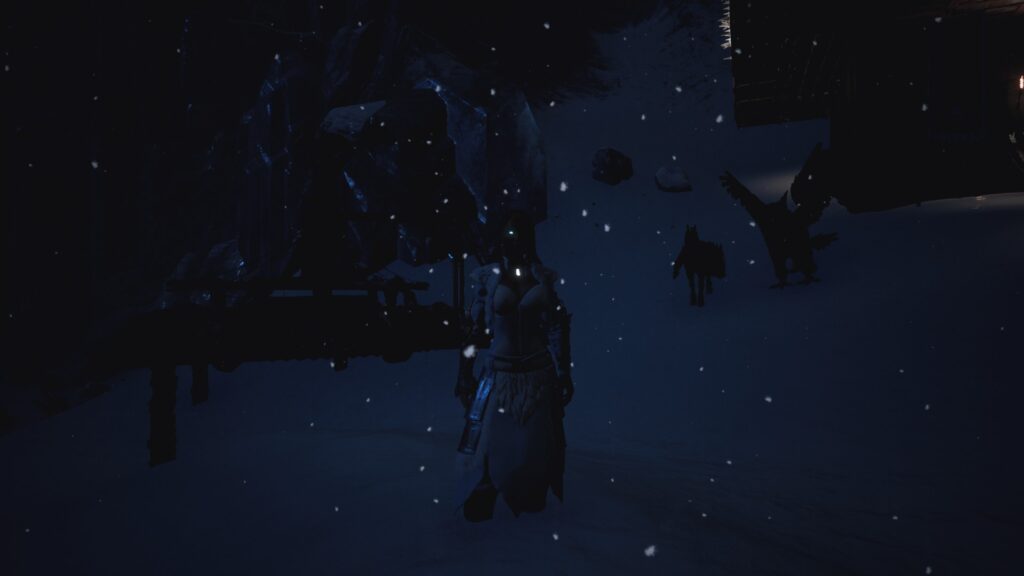
Burnout thrives where play is absent. By weaving play into the rhythm of daily life—intentionally and without guilt—you create a buffer against exhaustion. The healthiest balance isn’t about equal parts work and play, but about honoring cycles: focus, then recover; push, then restore. True resilience lies in knowing when to step back, laugh, and allow yourself to be fully human.

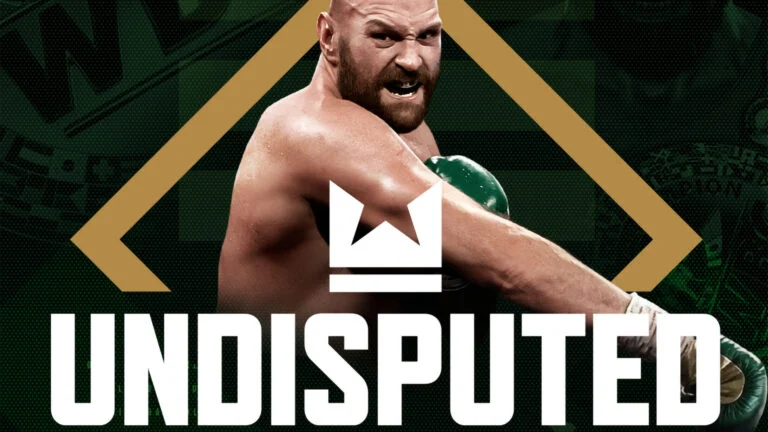

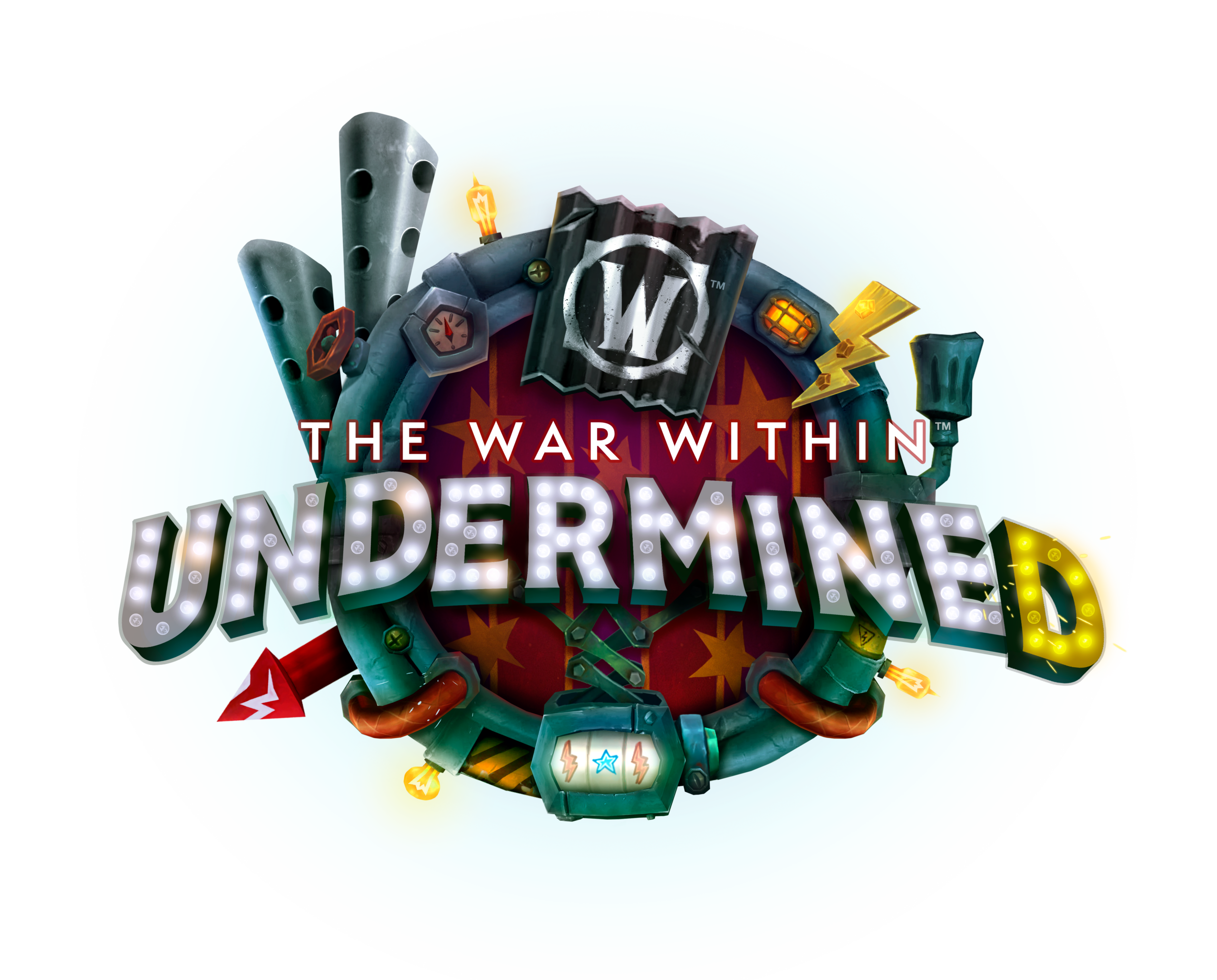
great article as person suffering burnouts i approve
Thank you so much for sharing that 🌿 Burnout can feel overwhelming, so it means a lot to know this article resonated with you. I’m glad it offered something supportive in your journey. You’re not alone—rest and recovery matter just as much as the work itself. Sending you strength as you continue navigating it. 💜